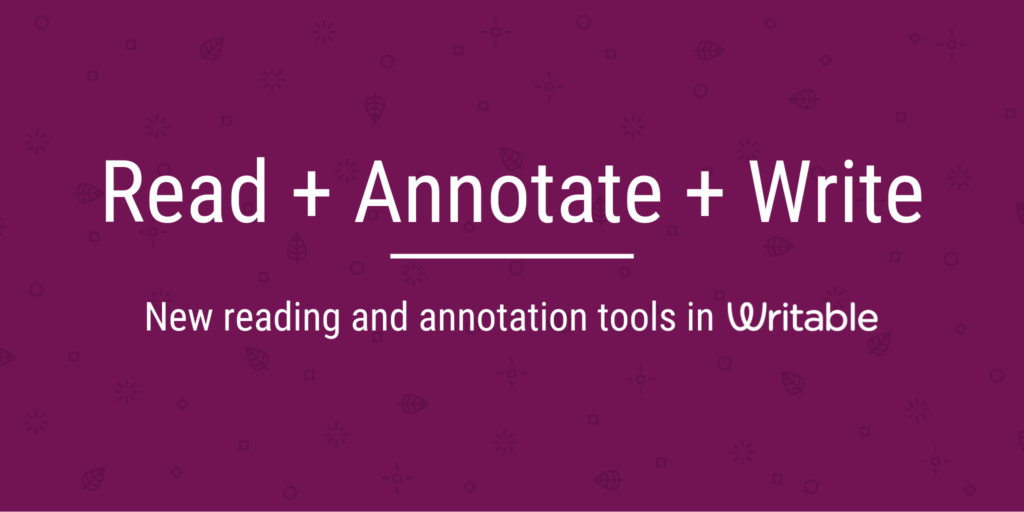
Write down your questions as you go, either in the textbook or on a separate piece of paper.Here are a few more tips for annotating a textbook chapter: Knowing what is important to highlight or underline is often the tricky part of annotating a textbook chapter because of the existing formatting. The purpose of annotating a textbook chapter is usually to be able to quickly reference and/or find important information at a later time. Your questions, general or existential, can help propel insightful discussions, generate content for writing assignments, and help you stand out in class. Write down questions in the margins of the text as you read.

Often the technique used to write a text contributes to a larger theme or plot point. Mark moments in the text in which you see writing devices, figurative language, and other writing mechanics being employed.Highlighting such instances in the text is a great way to cite evidence in a discussion or a writing assignment. These lines might stand out to you because of the writing and language or because of the line’s contribution to the plot or a larger theme in the text. Highlight and/or underline specific lines and words that stand out to you.Noting your thoughts as you read can help you better understand the shape of the text overall upon later review. Make notes of your thoughts and reactions to the text in the margins.Here are a few more tips for annotating a literary text: Allowing central themes and critical moments in the text to guide you as you annotate is a great way to get started. The purpose of annotating a literary text, such as a novel or a short story, is often to note and gather relevant information for discussions and writing assignments. Additionally, your raw thoughts can create great topics for discussion and debate in class. Writing down these things can help you understand your process as a reader, the writer’s process, and the subject matter of the article. Write down your thoughts, reactions, questions, etc.

Discovering bias or unbacked statements can also help you form an argument and can create great questions to ask your professor in class or during office hours.
#TO READ AND ANNOTATE HOW TO#
These articles may appear dense at first, but they will become easier to read as you advance through your program and learn how to annotate them. Professors across all content areas will assign academic, peer-reviewed articles throughout your degree program. How to Annotate Academic Resources Annotating an Article What works for one person might not work for another, so try out multiple methods for annotation and find what works best for you. Creating annotations might look like highlighting sections of text or creating a guide with a key. Learning how to annotate a text is a great way to increase your retention of the information, prepare for class, and create easy-to-reference notes for studying and completing other assignments.Īnnotation may seem overwhelming at first, but there is no need to fear! Annotating a text is personal to you and the task at hand.

Annotating a text is an effective close-reading strategy that every college student should be able to do. Annotating a Text: How to Annotate ReadingsĬlose reading a text is a great way to get the most out of an assigned reading.


 0 kommentar(er)
0 kommentar(er)
